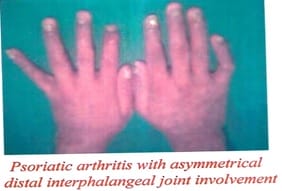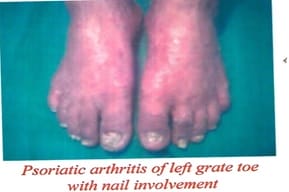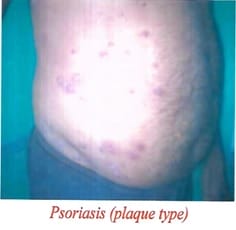Precipitating Factors of Psoriasis in North Indian Population
Kumar Bhaskar K.1, Chawla K.2, B.3, Mishra A.4, Kumar Shukla R.5*
DOI: https://doi.org/10.17511/ijmrr.2021.i05.01
1 Kamlesh Kumar Bhaskar, Consultant, Department of Skin & V.D., District Hospital, Gazipur, Uttar Pradesh, India.
2 Kavita Chawla, Professor, Department of Physiology, Moti Lal Nehru Medical College, Prayagraj, Uttar Pradesh, India.
3 Beenu , Professor, Department of Biochemistry, Moti Lal Nehru Medical College, Prayagraj, Uttar Pradesh, India.
4 Archana Mishra, Assistant Professor, Department of Biochemistry, Moti Lal Nehru Medical College, Prayagraj, Uttar Pradesh, India.
5* Rakesh Kumar Shukla, Assistant Professor, Department of Anatomy, Autonomous State Medical College, Mirzapur, Uttar Pradesh, India.
Aim: This study aims to study precipitating factors of psoriasis in the north Indian population. Material & Method: Two hundred twenty-eight psoriasis patients regardless of age, sex, religion, occupation, attending the skin, and V.D. outpatients Department, B.R.D. Medical College, Gorakhpur for were taken because of the subject of this study. The bulk of patients belonged to the Eastern U.P. and adjoining areas of Bihar and Nepal. The clinical criteria for diagnosis of psoriasis were the presence of Erythematous and papulosquamous lesions with loosely adherent silvery-white scales. The auspitz's sign was demonstrated all told the cases. The detailed clinical history and examination were recorded. Each patient was categorized into mild to severe psoriasis. Result: The maximum percentage of cases was aggravated by weather (winter), 55.26%, next to that was trauma 27.1 9%, and least after infections 4.35%. The summer and spring seasons showed an improved effect on the condition of psoriasis. Alcohol, smoking, and mental stress found no relation with psoriasis. In most cases, where the infection was associated with the disease, it had been aggravated only in children, and young adults and lesions were of guttate type. Pregnancy had no effect in 25.43% of cases, while the disease was improved in 3.50% of patients and worsen in 4.35% of cases. Conclusion: Psoriasis is positively correlated with the winter season and negatively associated with Summer and Spring.
Keywords: Psoriasis, Precipitating factors, Psoriasis plaque, Psoriasis-Arthritis
| Corresponding Author | How to Cite this Article | To Browse |
|---|---|---|
| , Assistant Professor, Department of Anatomy, Autonomous State Medical College, Mirzapur, Uttar Pradesh, India. Email: |
Kamlesh Kumar Bhaskar, Kavita Chawla, Beenu, Archana Mishra, Rakesh Kumar Shukla, Precipitating Factors of Psoriasis in North Indian Population. Int J Med Res Rev. 2021;9(5):280-285. Available From https://ijmrr.medresearch.in/index.php/ijmrr/article/view/1323 |


 ©
© 

